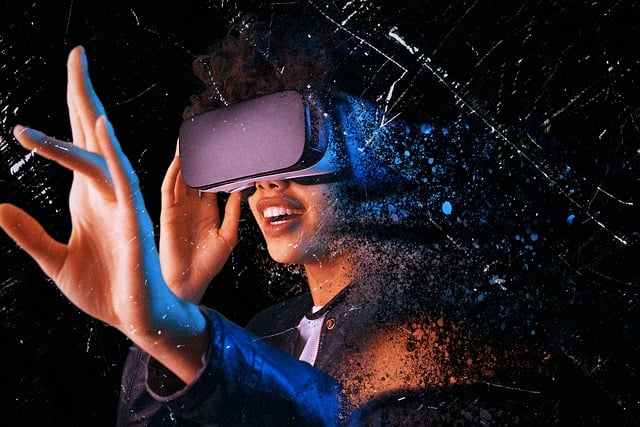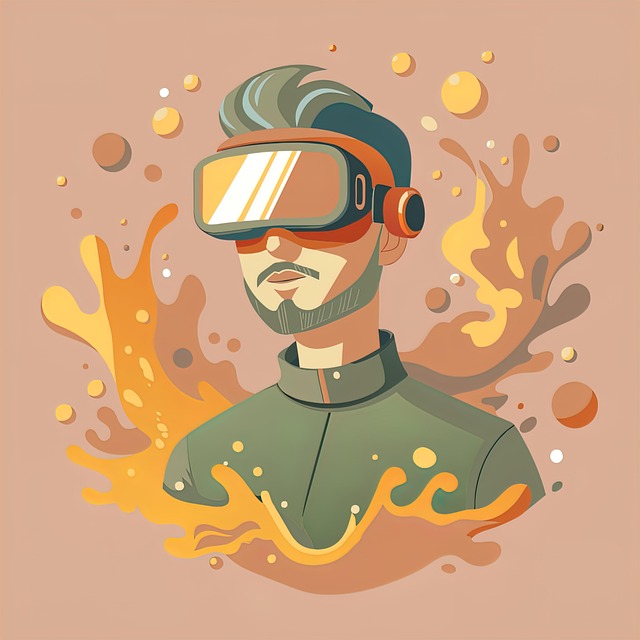The real estate industry has embraced digital transformation through immersive 3D viewing technologies like Virtual Reality (VR) and Augmented Reality (AR), enabling remote property exploration from the comfort of home. These innovations cater to modern interaction norms, enhancing buyer decision-making by providing detailed, interactive virtual tours of properties, thus revolutionizing how we engage with real estate.
In today’s digital era, real estate viewings are undergoing a remarkable metamorphosis. The evolution from traditional in-person tours to immersive 3D home viewing experiences is reshaping the way buyers interact with properties. Virtual reality technology offers a dynamic new approach, providing potential homeowners with detailed, realistic insights into their future living spaces. This article explores the shifting landscape of real estate viewings, delves into the technologies creating these immersive experiences, and examines the impact on enhancing the buyer’s journey while anticipating future industry developments.
The Evolution of Real Estate Viewings

In recent years, the real estate industry has undergone a significant transformation with the introduction of immersive 3D home viewing experiences. Traditionally, potential buyers would rely solely on in-person visits or two-dimensional floor plans to envision a property’s layout and potential. However, technological advancements have redefined how we experience homes, making the process more convenient and engaging. Virtual reality (VR) and augmented reality (AR) technologies now allow viewers to virtually walk through properties from the comfort of their own spaces.
This evolution is particularly notable in today’s digital era, where remote interactions have become the norm. Immersive 3D viewings offer a level of detail and interactivity that conventional methods struggle to match. Real estate professionals can provide prospective clients with an enhanced sense of what a home has to offer, making it easier for buyers to visualize living spaces and make informed decisions without physically visiting every property.
– Exploring the shift from traditional to digital viewings

The real estate industry has witnessed a significant shift in viewing experiences, transitioning from traditional in-person tours to digital immersive technologies. This change is driven by advancements in 3D visualization and virtual reality (VR), offering buyers, sellers, and agents alike a new frontier in property exploration. With just a click, potential homeowners can now virtually step inside homes, navigating through digital spaces as if physically present.
Digital viewings provide an array of benefits, from convenience and accessibility to enhanced engagement. They allow for remote inspections, accommodating out-of-town buyers and expanding the reach of listings. Moreover, 3D home viewing offers a more comprehensive experience, enabling users to appreciate floor plans, interior designs, and even the ambiance of a property from every angle, revolutionizing how we perceive and interact with real estate.
– Benefits of virtual reality in real estate

Virtual Reality (VR) is transforming the way we experience and interact with real estate. By stepping into a property virtually, potential buyers can explore homes or apartments from the comfort of their own space, eliminating geographical constraints. This technology offers numerous advantages for both clients and agents in the competitive real estate market.
For instance, VR allows viewers to gain a deeper understanding of a property’s layout and design without the need for physical visits. It provides an immersive experience, enabling people to navigate through rooms, assess spaces, and even visualise potential renovations or interior designs. This level of interactivity can enhance decision-making, as buyers can make more informed choices about their future homes. Moreover, VR technology can significantly reduce costs associated with traditional property viewings, making the process more efficient for everyone involved.






